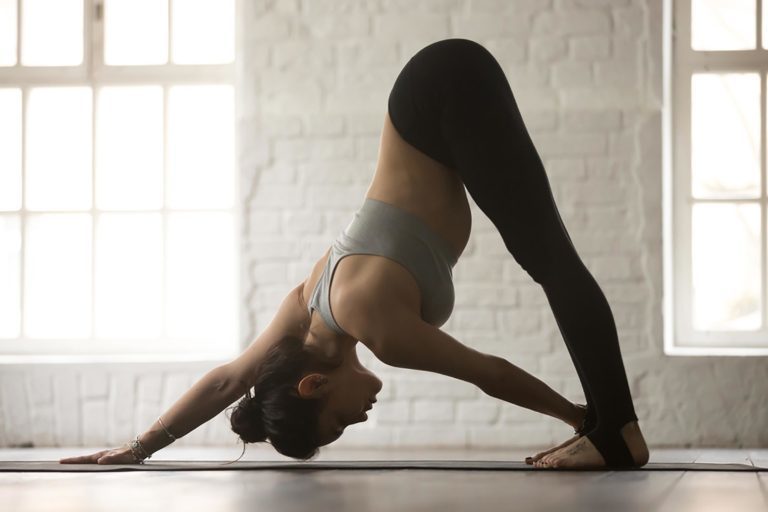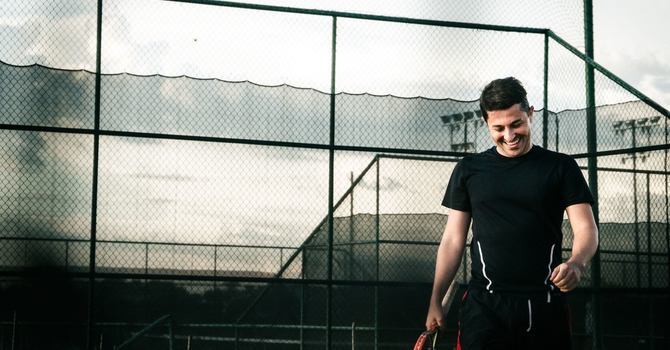
It is common practice to include static stretching in a warm up, but is this the best way to prevent injury?
Firstly, what exactly is “static” stretching? Basically, static stretching means to put a muscle on its longest available length, and then to hold that position – a passive approach. This is different from dynamic stretching, which means to move the muscle into a lengthened (or end range) position, but to do so actively, with the muscles in control, and to move in and out of this end range position, rather than holding at the longest length.
You may have heard proponents of stretching argue that static stretching is good, as it increases muscle length and flexibility, which in turn reduces the risk of injury. Let’s discuss what the research says.
First, does static stretching improve muscle length and flexibility? A study from 2014 looked at the effect of calf stretching. After 6 weeks, the participants were indeed more flexible. However the researchers wanted to know, is that because stretching made the muscle longer, or some other reason? They looked at the muscles of the calf with the use of ultrasound imaging. What they found was that the fibers making up the muscle had in fact not changed in length! They hypothesized that the reason for increased flexibility was that the nervous system was tolerating the stretch of the muscle more readily, and therefore allowing the participant a greater range of motion. This has in fact been proposed by a few other studies as well.
So, what if we do want to increase the actual length of the muscle and the fibers making up the muscle? Eccentric training has been found to be an effective tool to that end. Eccentric training means that the ‘work’ of the exercise is done as the muscle is lengthening. An example of eccentric training would be doing calf raises at the edge of a step, with a focus on slow controlled lowering.
More importantly however, does increased muscle length or increased flexibility have an influence on injury prevention? There is in fact quite a bit of research that indicates static stretching has no influence on the risk of injury. One study that looked at Australian football players ability to touch their toes found that the flexibility of their hamstrings during the test did not have any influence on how likely they were sustain a hamstring strain. In a study of 30 elite Norwegian soccer teams, teams that included a flexibility program as part of their warm up had no less hamstrings strains as compared to teams that had no flexibility program as part of their training.
So what can we do to prevent injury occurrence? In the study on Norwegian soccer players, the clubs using eccentric training as part of their warm up did have a lower incidence of hamstring strain. Another common sense approach is to enter a new sport (or sport at a more competitive level) gradually, and to match that gradual introduction with sport specific strength training.
A great example is the warm up protocol for soccer put together by FIFA. You will find not find any traditional hamstring stretching! The key areas they included in their warm up were core
strength training; neuromuscular control and balance; eccentric training of the hamstrings (there it is again!); plyometric training; and agility training. In fact several large studies have shown that the use of this warm up decreases injuries by 30-50%.
So there you have it, if you’ve been including static stretching prior to training or competition to try to avoid injury, the research tells us it is not our best tool. In contrast, a good warm up includes active, sport specific end range movements (these movements might get called dynamic stretching!) and eccentric training.
If you are looking to improve your movement or exercise routine we can help! Please visit OMNI and speak with one of our fantastic therapists. This article was written by our physiotherapist Stephanie Aubin.
For sources and even more information on static stretching, see “Questioning the Use of Static Stretching Before and After Athletic Activities” by Dr. Bahram Jam, PT
http://www.aptei.ca/wp-content/uploads/Stretching-Paper-2015.pdf





